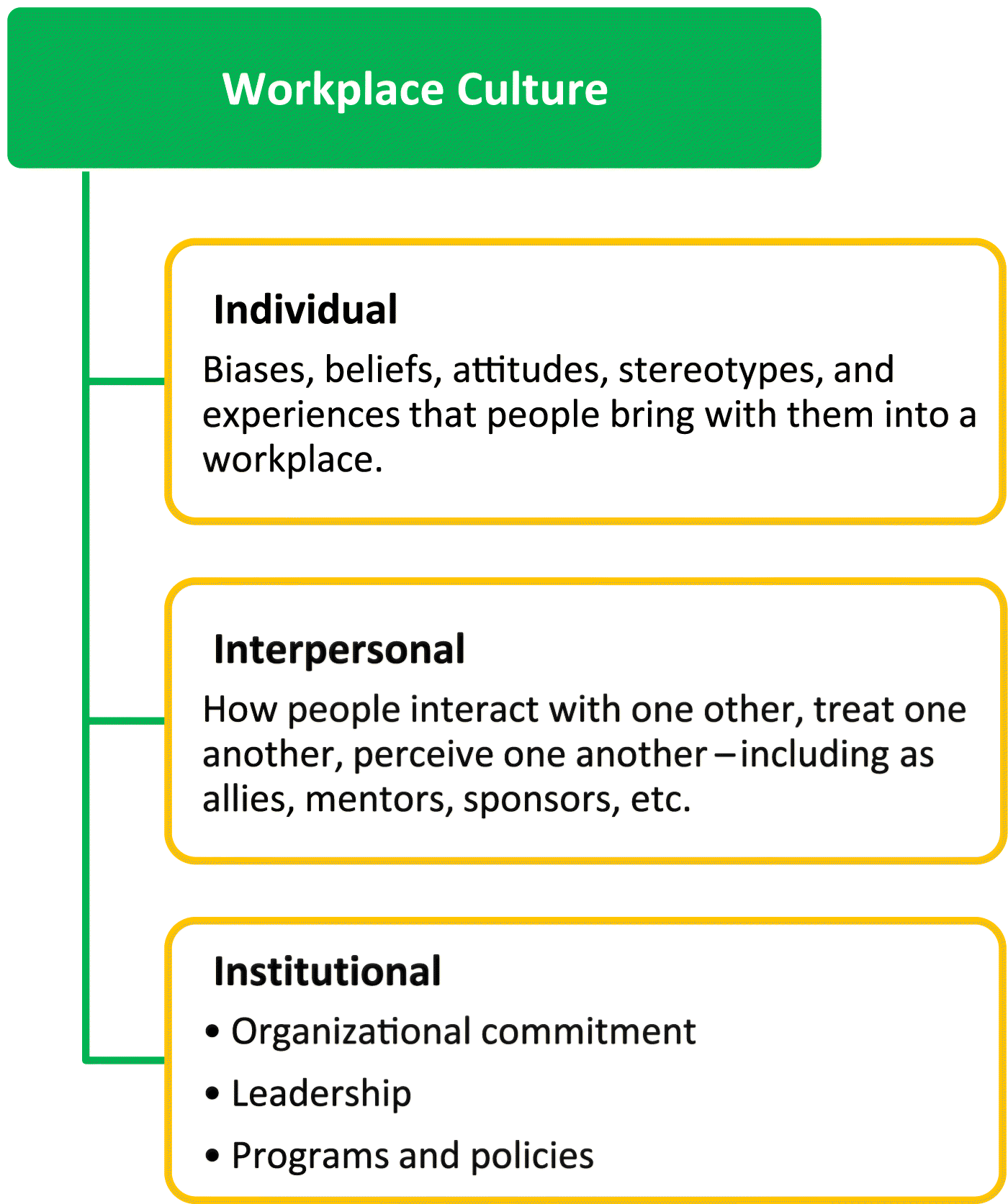Enacting workplace culture change for excellence in research: a gender lens
Abstract
Introduction

Enacting workplace culture change: individual
Enacting workplace culture change: interpersonal
Enacting workplace culture change: institutions
Conclusion
Acknowledgements
References
Information & Authors
Information
Published In

History
Copyright
Data Availability Statement
Key Words
Sections
Subjects
Plain Language Summary
Authors
Author Contributions
Competing Interests
Metrics & Citations
Metrics
Other Metrics
Citations
Cite As
Export Citations
If you have the appropriate software installed, you can download article citation data to the citation manager of your choice. Simply select your manager software from the list below and click Download.
There are no citations for this item
